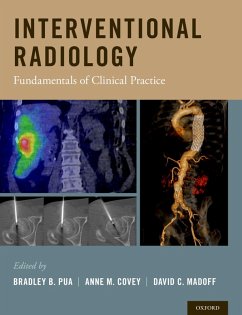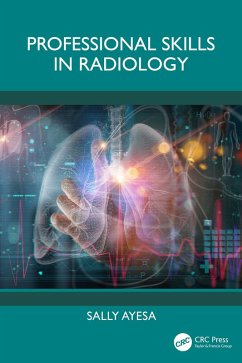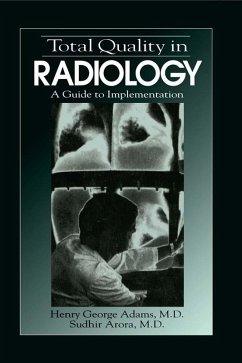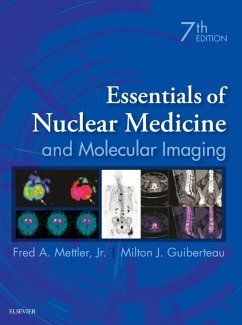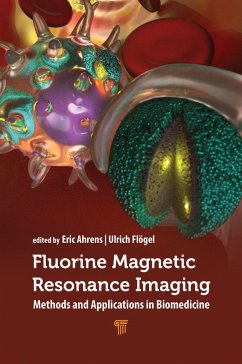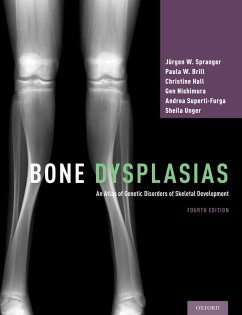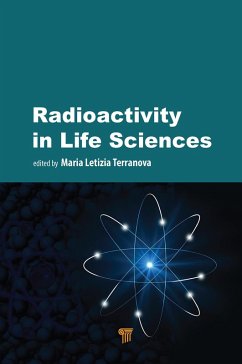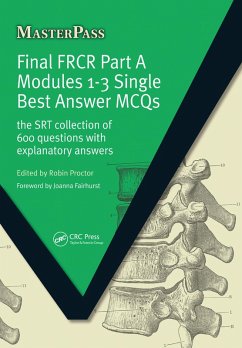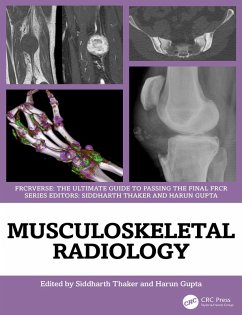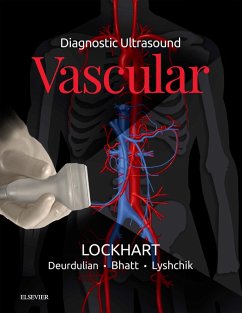
Determining the Accuracy of Urine Volume Calculations made by Stationary 2D B-Mode Ultrasonography (eBook, ePUB)

PAYBACK Punkte
0 °P sammeln!
Research Paper (postgraduate) from the year 2014 in the subject Medicine - Radiology, Nuclear Medicine, grade: A, , language: English, abstract: This study was the first of its kind in that it fills the gap in the scientific data created by the absence of any investigation making a direct comparison between 2D-sonograhpic and true urine volumes. While most hospitals in the developed world now prefer to measure urine volumes with portable bladder scanners and 3D ultrasound devices, none of these technology are widely available in Bangladesh and other developing countries. Nonetheless, hundreds ...
Research Paper (postgraduate) from the year 2014 in the subject Medicine - Radiology, Nuclear Medicine, grade: A, , language: English, abstract: This study was the first of its kind in that it fills the gap in the scientific data created by the absence of any investigation making a direct comparison between 2D-sonograhpic and true urine volumes. While most hospitals in the developed world now prefer to measure urine volumes with portable bladder scanners and 3D ultrasound devices, none of these technology are widely available in Bangladesh and other developing countries. Nonetheless, hundreds to thousands of ultrasound examinations involving the measurement of maximum cystometric capacity (MCC) and postvoid residue (PVR) of urinary bladder are done with 2D stationary ultrasound every day. Despite our clinical experience that these measurements are quite accurate and reliable, it was deemed essential to establish scientific evidence in its favour. This observational study was done in the Dept of Radiology & Imaging at Bangabandhu Sheikh Mujib Medical University (BSMMU), Dhaka, Bangladesh, during the period July - December 2014. 384 adult patients who came to BSMMU for ultrasound examinations were enrolled in this study and their true urine volumes were compared against that calculated using 2D B-mode ultrasound. The findings were analysed using two statistical approaches - correlation coefficient and limits of agreement. Calculation of the correlation coefficient was done so that the findings of this study could be compared with other relevant studies, most of which have used the correlation coefficient to assess the accuracy of the ultrasound equipment (3D or portable). However, Bland & Altman's limits of agreement method is the standard statistical approach to assess agreement between two methods of clinical measurement, as determined by The Statistician, The Lancet and others. Findings of this study show that bladder urine volumes measured by 2D B-mode ultrasound had high correlation (r = 0.96, 95% CI 0.955 - 0.969, P < 0.0001) and agreement (96.35%, LoA : -7.84 ± 53.05 mL) with true urine volumes. Sonographic urine volumes were accurate in both males and females, of all adult age groups and at all volume ranges including <100 mL.
Dieser Download kann aus rechtlichen Gründen nur mit Rechnungsadresse in A, B, BG, CY, CZ, D, DK, EW, E, FIN, F, GR, HR, H, IRL, I, LT, L, LR, M, NL, PL, P, R, S, SLO, SK ausgeliefert werden.




